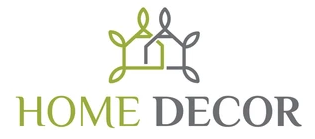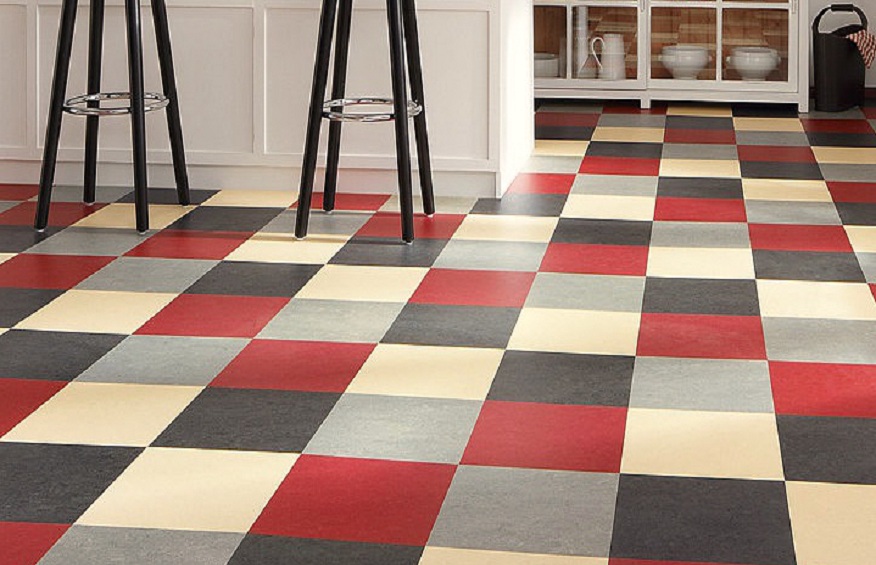Linoleum flooring, sometimes called lino, was first invented in the 1860s. Englishman Frederick Walton patented it after the Latin words linum (flax) and oleum (oil).
It is a combination of oxidized linseed oil, pine resin, wood flour and other mineral fillers over a jute or burlap backing.
What is Linoleum?
Linoleum is an eco-friendly flooring that has become popular again because it’s made from natural ingredients. It’s also durable and long-lasting, which means it’s perfect for a remodel!
Pigments are sometimes added to create different color finishes.
The colors are usually warmer than vinyl and other materials, which is ideal for rooms with a rustic or organic vibe. It is also a good choice for areas that are exposed to heavy traffic.
Despite its durability, it’s important to clean linoleum floors regularly and make sure they are well-resealed. This is vital to prevent water damage and keep the floor looking beautiful.
Invented in 1860 by Englishman Frederick Walton, linoleum was one of the most popular floor coverings for the first half of the 20th century. However, it was oversold and became less popular after World War II.
What is Vinyl?
Linoleum has been categorized incorrectly and referred to as “vinyl” for so long that many people don’t know the difference between the two. It’s important to understand that linoleum is still a great flooring option for many homes and businesses.
Vinyl is a man-made synthetic flooring material that’s made from polyvinyl chloride (PVC). It’s durable, affordable and easy to maintain.
Sheet vinyl is a continuous sheet of polymer materials manufactured in widths that range from 6 to 16 feet, depending on the product. Most products sold in home improvement centers are most likely to come in 8- or 12-foot-wide rolls.
Luxury vinyl floor (LVF) is sometimes referred to as luxury vinyl tile (LVT) or luxury vinyl planks (LVP). It’s made from limestone-based mineral material mixed with PVC composites.
Unlike sheet vinyl or vinyl tiles, LVF is considerably more rigid than them, allowing it to be installed with a modified tongue-and-groove system by which individual planks or tiles are “clicked” together. It also features a digital graphic film layer that can create just about any look desired, covered with a very tough wear layer.
What is Luxury Vinyl Tile (LVT)?
If you’re looking for a durable flooring option, LVT might be what you’re searching for. It looks and feels like hardwood or stone at a fraction of the cost.
Luxury vinyl tile (LVT) is a layered flooring type that includes PVC foundations, a print film design and a wear layer for durability. It also has a clear topcoat to protect against stains and scratches.
It’s a great choice for busy families that don’t want to compromise on style or functionality. It’s waterproof, easy to clean and offers strong heat insulation properties. Plus it’s sound proof, making it ideal for families with children and pets.
What is Cork Flooring?
The material that used to be known as linoleum flooring is now called cork. It’s a natural flooring option that comes in tile and plank form.
It has a comfortable cushion underfoot, provides thermal and acoustic insulation and is resistant to moisture. It’s also aesthetically versatile and can be purchased in many different colors, patterns and sizes.
Unlike linoleum, it’s very easy to maintain. It only requires occasional sweeping or vacuuming to remove small grit and dirt particles.
It’s also naturally water-resistant, thanks to a waxy substance within the cork called suberin. The waxy material also repels insects and vermin, making it one of the best floor covering options if you’re looking for healthier home or office spaces.

